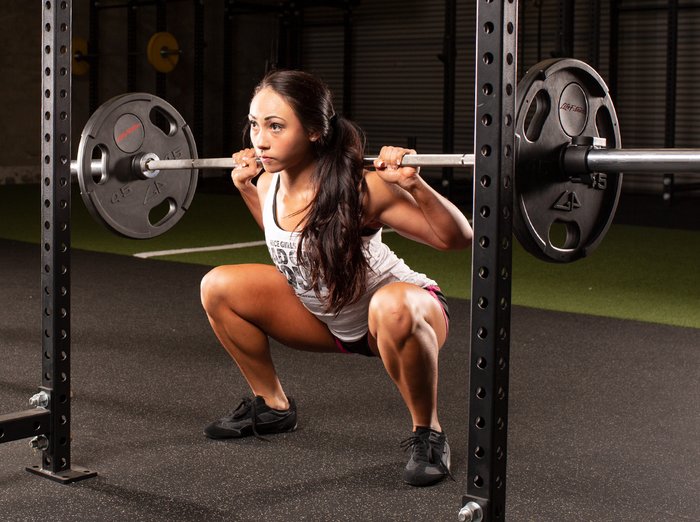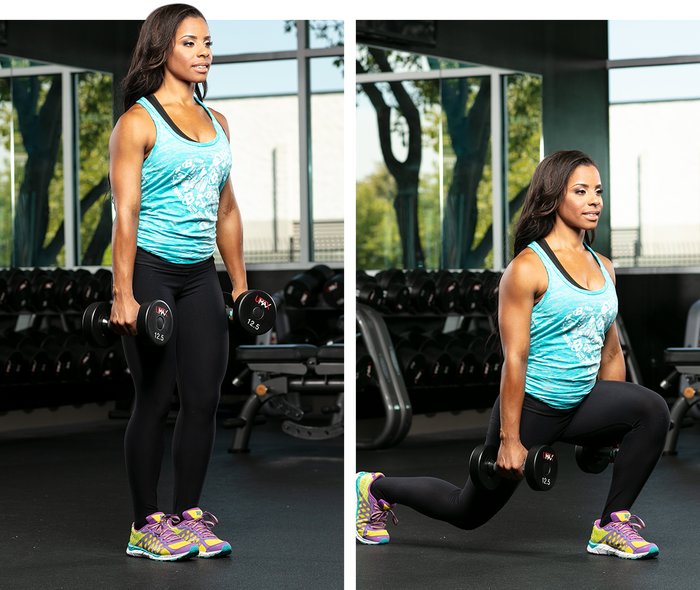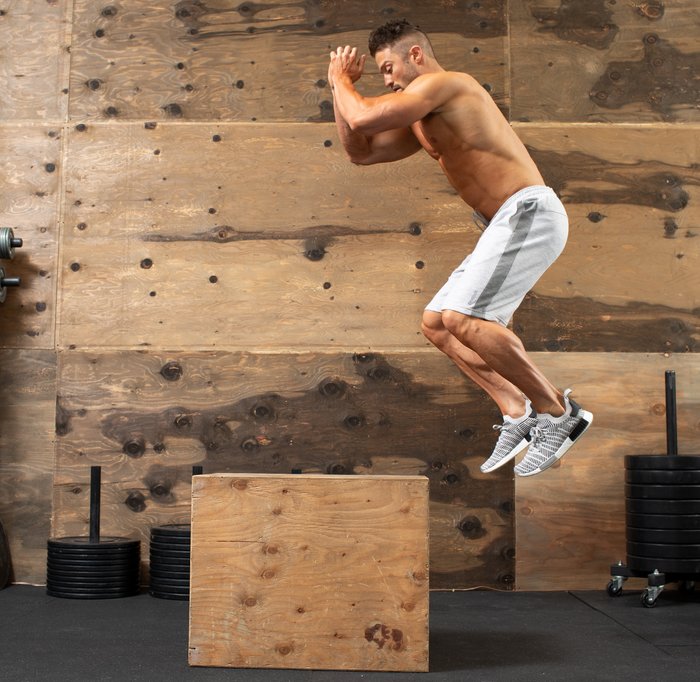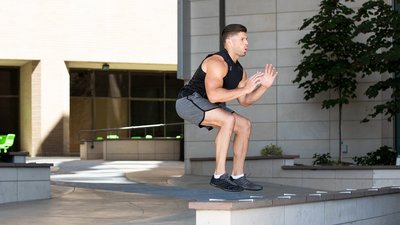The knee is an incredibly strong, complex joint. Sheathed in cartilage, ligaments, tendons, and muscles, this amazing joint allows your legs to bend and carry the weight of your body—and the weight of a whole lot more if you lift. Even so, knee pain is practically an epidemic among active people.
When knee pain strikes, people often can't point to any specific movement that might have caused the pain. That's because these and other injuries tend to develop over time. Doctors refer to it as "repetitive stress," which is really just shorthand for all the millions of little stressors your knees bear as part of life.
If using bad form has twisted and torqued your body out of shape, your first move should be heading straight for the new Bodybuilding.com BodyFit Elite program Unstoppable: The Ultimate Guide To Training Through Injury.
In addition, here are three common leg-day exercises that often lead to knee pain, along with simple modifications of each that can save you months, perhaps years, of knee pain and interrupted training.
Tweak 1: Stack Your Squats, Grip the Floor
Blamed for everything from back and hip injuries to knee pain, squats have gotten a bad rap over the years. As with so many exercises, it's only "bad" if done incorrectly.

Knee pain while squatting normally comes from poor stacking patterns. The knees are simply caught in the middle between the floor and the weight stack balanced on the upper half of your body. Without proper stacking (think about how the blocks align on a Jenga tower), the pressure can become concentrated on certain parts of your knees and lead to patellar tendonitis, chondromalacia patella, and meniscus fraying.
The Modification: The simplest way to correct squat mechanics is to use external cues to improve the way you stack your limbs under the weight. Here are a few cues, in sequence, that I like to use with clients who have knee pain. In most cases, they're able to squat pain-free within a matter of minutes once they follow these cues:
- "Grab" the floor with your feet, toes and all, and imagine trying to "rip tiles off the floor" with your feet.
- Visualize pushing the back pockets of your shorts through the wall behind you.
- Pull your hips down toward the floor.
- Keep tension within your hips throughout the entire squat. Use the same intensity of muscle tension you might generate if you were squatting over a really dirty Porta Potty.
Tweak 2: Walking and Lunging Are Great, But Not at the Same Time
I love lunges, but done incorrectly, they can lay waste to people's knees. It starts when people don't let their knees have safe, gradual exposure to the load generated by lifting, jumping, and running.
Many people hit the gym with no regard for the programing they choose or the form they practice. These wannabes blindly follow a random workout program, moving from one exercise to the next, usually while bearing as much weight as they possibly can. This often leads them to my clinic door, beset by patellar tendonitis, Jumper's knee, or medial meniscus irritation.

The Modification: Hold off on the walking lunges and switch to dumbbell rear lunges or split squats with dumbbells. The problem with the walking lunge is the force generated by the deceleration of the front leg as it hits the ground. Stepping backward or remaining stationary will eliminate much of that impact—and you won't have to bother others as you lunge past them in a crowded gym.
Tweak 3: Do Box Jumps, Just Not From Great Heights
Front box jumps are a pet peeve of mine. If you're experiencing knee pain from normal, everyday leg movements, why the hell would you deliberately jump off a platform? The acceleration of your body due to gravity puts a ton of stress on an already stressed-out joint, leading to patellar tendonitis, jumper's knee, ACL strains, and medial meniscus irritation.
I've examined people who were on the verge of blowing their tendon straight from their bone, but who didn't dare modify their workout because the jumps were part of an online program they were following. Just like you need to read labels on the food you buy, you have to think critically about workout programs. Newsflash: The training program you chose may not be right for you.

The Modification: The most thorough modification would be to correct your landing mechanics, but that's a complicated task, and beyond the scope of this article. A simpler modification is to pick a smaller platform and, instead of jumping to the floor, step down to it. When you step up onto or down off of the platform, you should be able to do it so quietly that no one notices. I should be able to nap 10 feet from you and never be woken up by your landing. Quiet means lack of harsh impact, which means gentle on your knees.

